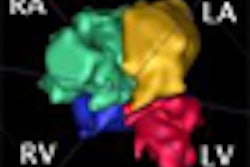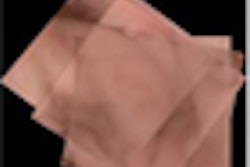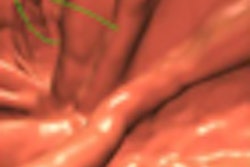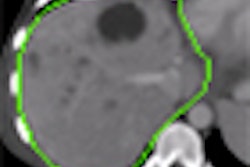In an attempt to gain insight into this challenging dilemma, Dr. Fiona Gilbert of the University of Aberdeen in Scotland and colleagues compared reader recall decisions in relation to the size and number of CAD marks and mammographic features from the Computer-Aided Detection Evaluation Trial II (CADET II).
Two experienced radiologists retrospectively reviewed the mammograms in cancer cases, recording breast density, the number of CAD marks, whether the CAD mark was within the tumor, radiological lesion size, subtlety of lesion, and whether it was a mass or microcalcification.
Of the 201 cancer cases with known CAD prompt data, the single reader using CAD recalled 160 of the cases and ignored 16 correctly marked cases. But there was no obvious pattern in the results; recall decisions in these cases were not affected by breast density, radiological lesion size, or by the size and number of CAD marks, according to the researchers.
Readers ignored six of 117 (5%) masses, five of 48 (10%) microcalcifications, and four of seven (57%) parenchymal distortions that were correctly marked by CAD. Readers were more likely, however, to ignore subtle lesions (12 of 31) than more obvious cancers, Gilbert said.
"Studies of human behavior are challenging, and perhaps some more thought needs to go into why the readers seem to behave inconsistently in a small proportion of cases," Gilbert said.



















